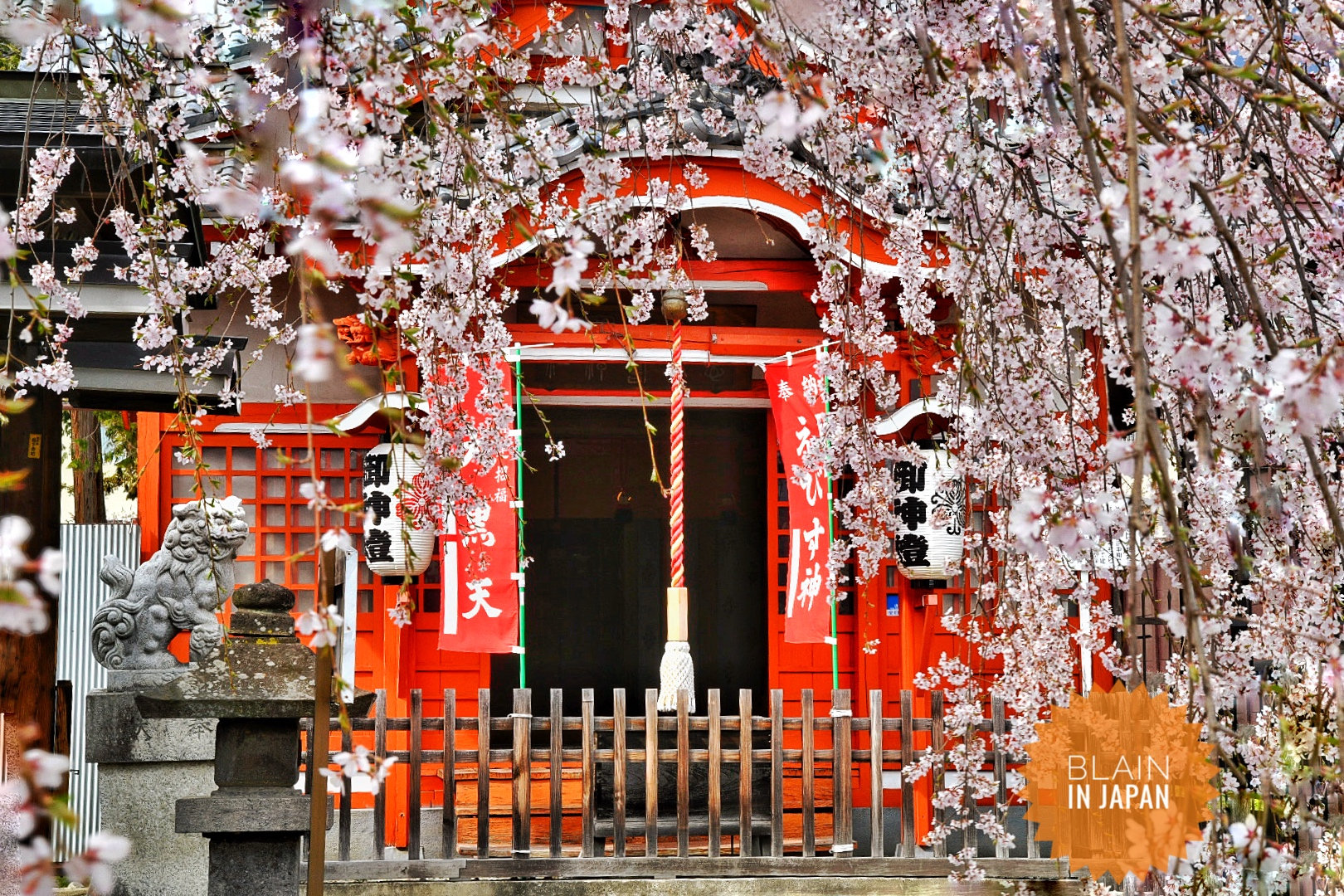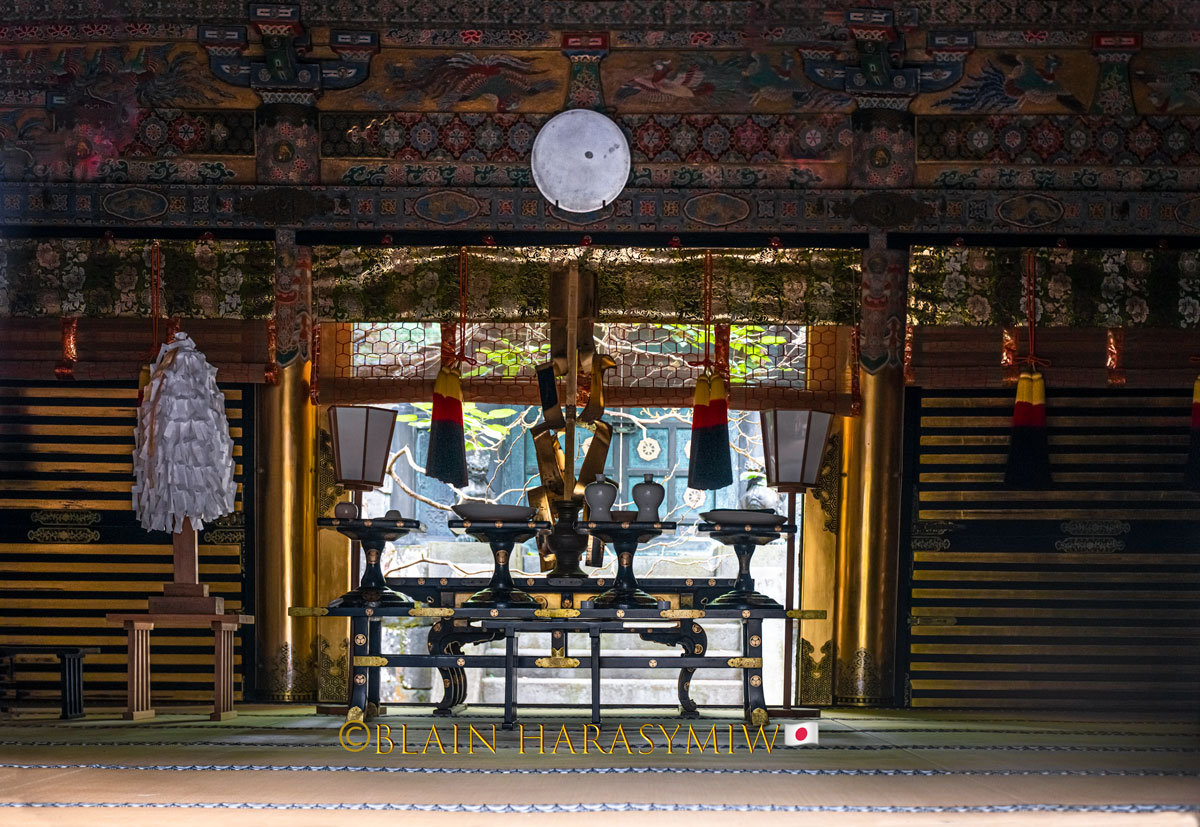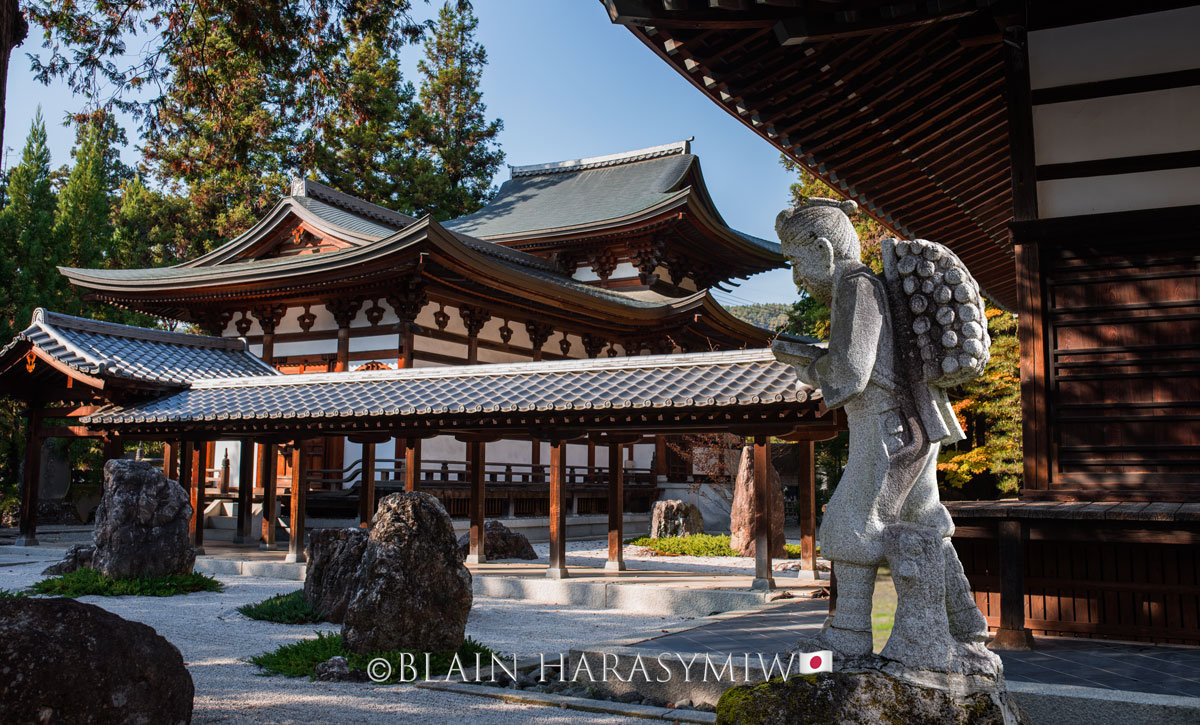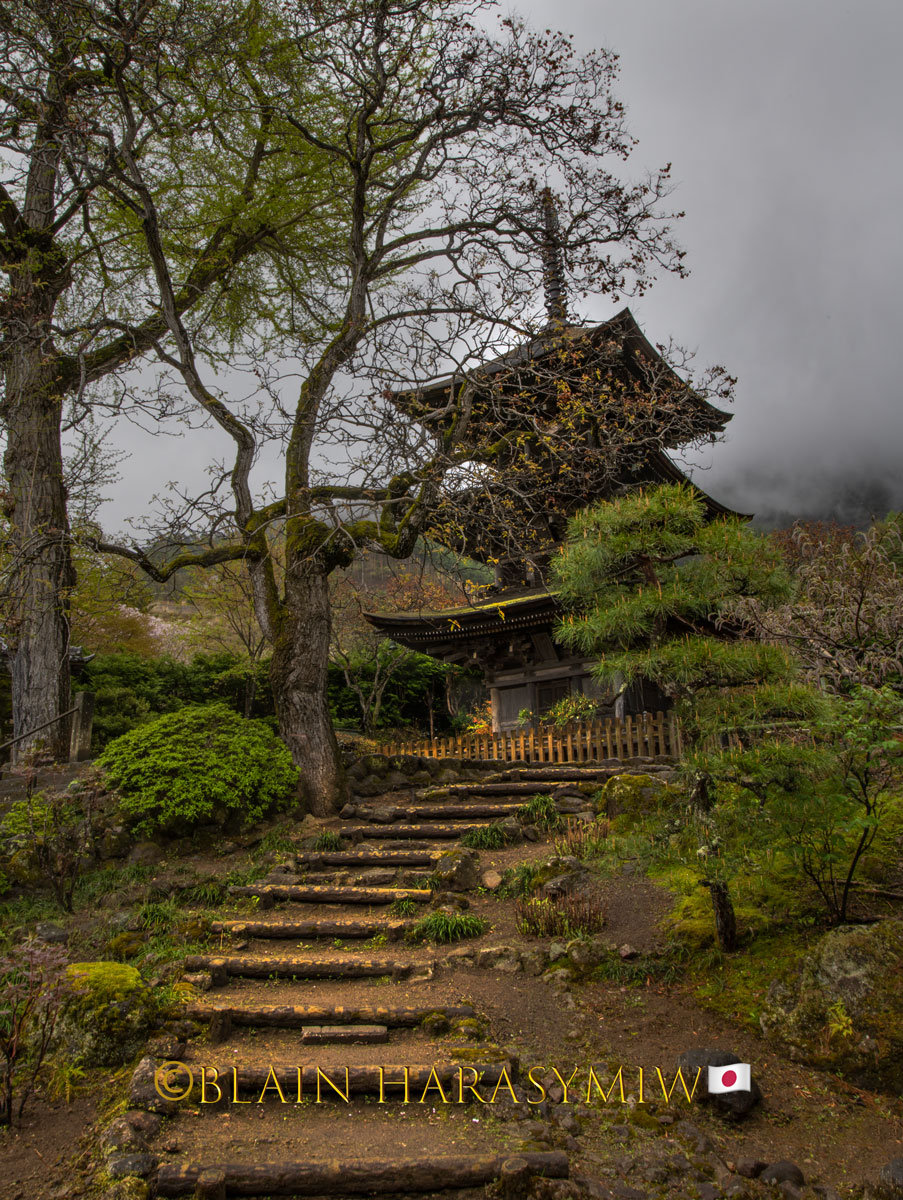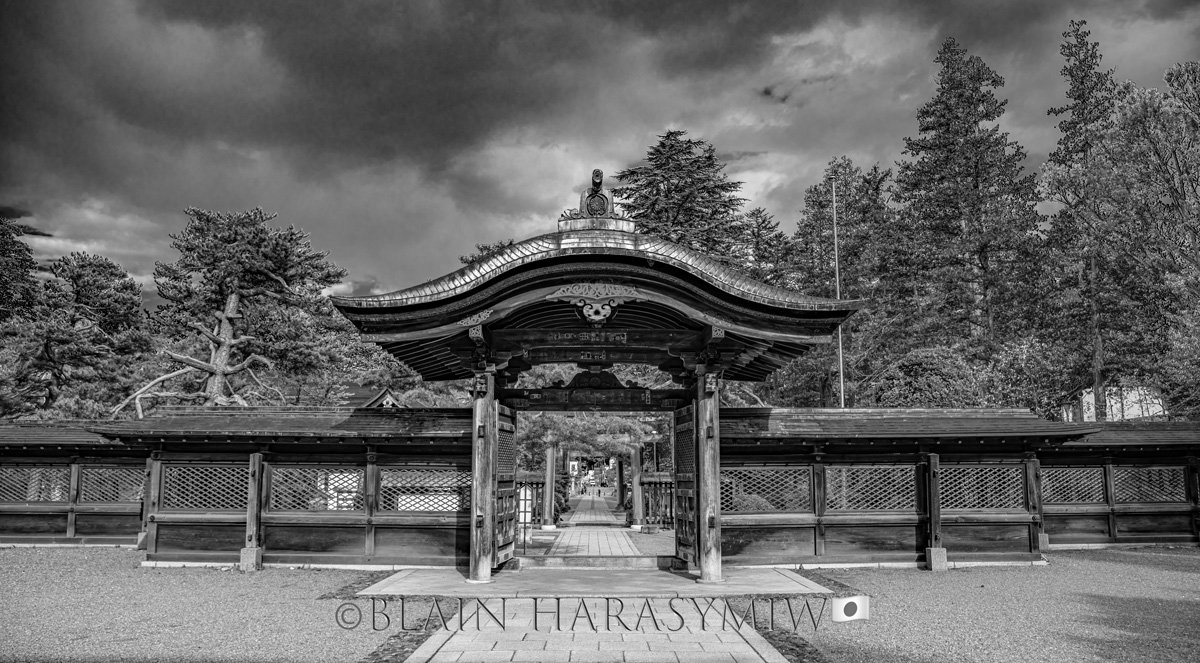Scouting and leading cross country Cherry Blossom photography tour workshops means that I see nearly the entirety of Japan’s three main islands, Honshu, Kyushu, and Hokkaido on my travels. There were over 5,000 samurai castles and fortresses during Japan’s Sengoku “Warring States” period (1467-1615) and are a part of Japan’s rich history that has always inspired me, but even among the castles there are hierarchies, castles that have withstood the test of time better than others. Those samurai fortresses have castle towers or main keeps that were constructed either before or during the Edo Period. On February 13, 1867, 15 year old Prince Mutsuhito became emperor. On January 25, 1868 the naive young emperor took total control of Japan from the Samurai Tokugawa Shogun Bakufu, military-government. The brains behind this seizure of power was Prince Ito Hirobumi and his aids who had their own vision of Japan’s best social, and political directions, which almost completely contradicted Tokugawa Shogunate’s idea regarding Japan’s future, and it would take years for the emperor to realize the errors of his youth. As a result of his naivety, he would never fully take the reins of power. Prince Ito Hirobumi was Japan’s first modern prime minister, and he dictated Japanese policy during the Meiji era. This period is known as the Meiji restoration, and the young emperor guided by Prince Ito Hirobumi and the newly formed government sought to westernize the entire country, devaluing the nation’s samurai heritage, and that meant that hallmarks of daimyo (samurai lords), the samurai, and anything they represented, was regarded as useless. It took until the 1880s for the emperor to mature and establish a dialogue with the Meiji government where he was leading rather than being subject to it. At the same time, civil unrest was spreading throughout Japan due to confusion regarding citizens’ societal identity. Were they westerners? Or were they Japanese? And what did being Japanese even mean? And was Japan on course to becoming colonized? Many western nations were negotiating for colonization of Japan, similar to some IMF practices or even what Vladimir Putin is attempting to do in St. Petersburg during the current Russia-Africa summit.
Meanwhile back in Meiji Japan, western values were being rammed down the Japanese peoples’ throats to such a degree that the urban population began to believe anything non-Western was trivial, while in the rest of the Japan the samurai folklore and legends were still respected and feared. This is when the Meiji emperor and Prince Ito Hirobumi realized the folly in disregarding the samurai, whose code of Bushido was the adhesive that held the samurai nation together for centuries. Bringing back traditional Japanese national pride was urgent to stamp out any disaccord. The best course was to reintroduce Bushido, ‘The Way of the Samurai’, and it worked like a charm. The Hakagure by Yamamoto Tsunetomo is seen as the guidebook for bushido and the way of the samurai, and that is the text that was referenced when returning the samurai to their rightful place in Japan’s rich but sometimes turbulent history. However, the Meiji government did not use the original text as written. In the Meiji interpretation of the Hakagure, the samurai were awarded some of their previous glory, but the revision also outlined that the emperor represented supreme power throughout. The descendants of the samurai who aligned and took office with the Meiji government who helped write the new constitution, and took control of the entire nation are still running Japan today. In the roughly two decades before the samurai spirit resumed acceptance in Japan, one of the symbols of their legacy, namely the fortresses and castles were ordered to be destroyed. In spite of all the destruction, today over a hundred stand in Japan, but over ninety of them are rebuilt. Only twelve original Samurai castles survived and can be visited today.
The first and probably most well-known original castle is Himeji Castle in Hyogo, so well known because of its proximity to Kobe and Osaka in Japan’s Kansai region. Its glistening white exterior walls have given birth to a nickname now widely used for the castle, Shirasagi-jo, or White Heron castle. It’s especially breathtaking at night during peak cherry blossom season, as the lights are turned low for the sakura making them appear a deep purple while the castle shines bright, a glittering white samurai fortress. This original castle was completed in 1609 with over 80 different structures that constitute the entire castle complex, and this UNESCO world heritage site has survived fires and warring blades of samurai lords and their retainers. The castle complex grounds are home to nearly 2,000 cherry blossom trees which can be viewed during the day for a brighter view or at night expressing the contrast as I mentioned before. Himeji castle grounds have three varieties for visiting photographers to enjoy: somei yoshino (Prunus yedoensis), yaezakura (Prunus serrulata), and shidarezakura (Prunus subhirtella ‘pendula’). On a side note, Himeji Castle is known to be one of the most touched buildings in Japan. According to locals the paranormal activity happens in only certain areas that are closed off most of the year, but open during various festivals and during cherry blossom viewing. Hmm, perhaps part of the reason it’s an original castle is due to spiritual reinforcements?
Traveling from the White Heron castle in Hyogo, I venture to a Crow Castle in Nagano, Matsumoto Castle. As you tour the grounds, you will understand why Matsumoto Castle carries the nickname ‘Karasujo’ or ‘Crow Castle’ as many of the exterior walls are painted a deep ebon, and from many perspectives on the castle grounds, it appear as if the towers are wings, spread wide to encompass all the samurai lord’s domain. As part of the cross country Cherry blossom photo workshop experience, I will share about the great figures who played a key role in the castle’s history from Oda Nobunaga, Ieyasu Tokugawa, Takeda Shingen, Hideyoshi Toyotomi, and all the way back to when this Samurai fortress was known as Fukashi Castle. As we visit the castle and grounds, if you’re interested, I will enrich your understanding about the significance of the castle and its preservation since its completion. With my help, you can tick off the must-see famous location Matsumoto Castle while you visit Japan. And the castle is just off the beaten path enough not to be swamped with tourists during the cherry blossom season. The over 300 somei yoshino sakura trees that cover the grounds and encircle the moat as well as the backgrounds including the still snow covered Japanese Alps during mid-spring make this a location yielding once in a lifetime photos.
No itinerary is perfect, and cherry blossoms have their own timing of when to bloom, but don’t worry, you will become a pilgrim traveling the ancient pilgrimage routes as I do, and those before us such as samurai, daimyo, geisha, Zen Buddhist Monks, and artisans such as the Japanese ukiyo-e artist Hokusai (1760–1849) who is best known for "The Great Wave off Kanagawa,” with Mt. Fuji in the backdrop. However, no matter which of the samurai fortresses we visit, you will have the opportunity to take gallery worthy cherry blossom photos coupled with historic Japanese samurai fortress castles, and once we’re ready to take a short break from the adventure, I’m happy to share another samurai tradition with you, sipping some of the finest green tea (Japanese Tea Ceremony) in Japan while indulging in hanami before picking up our cameras and setting out to once ago view The Perfect Cherry Blossoms.


